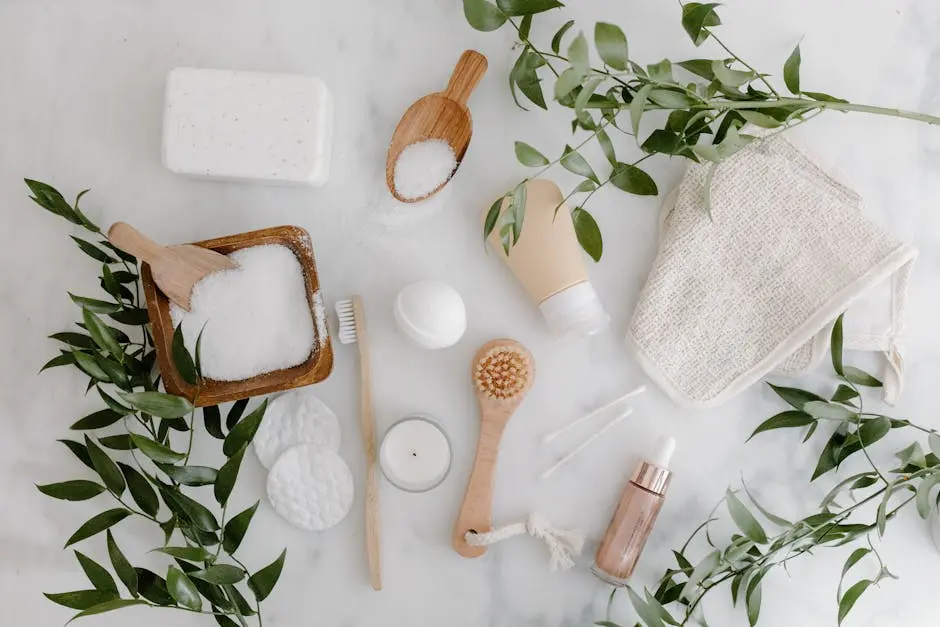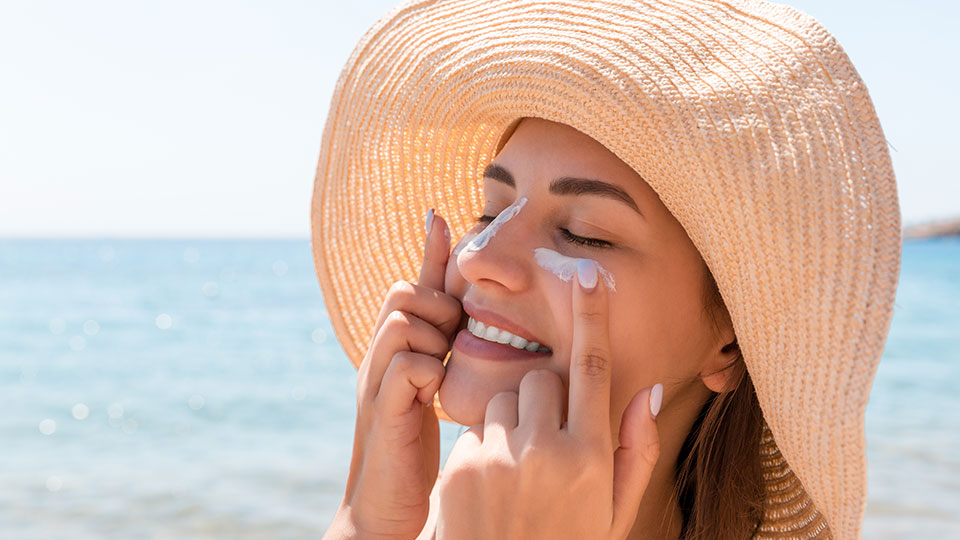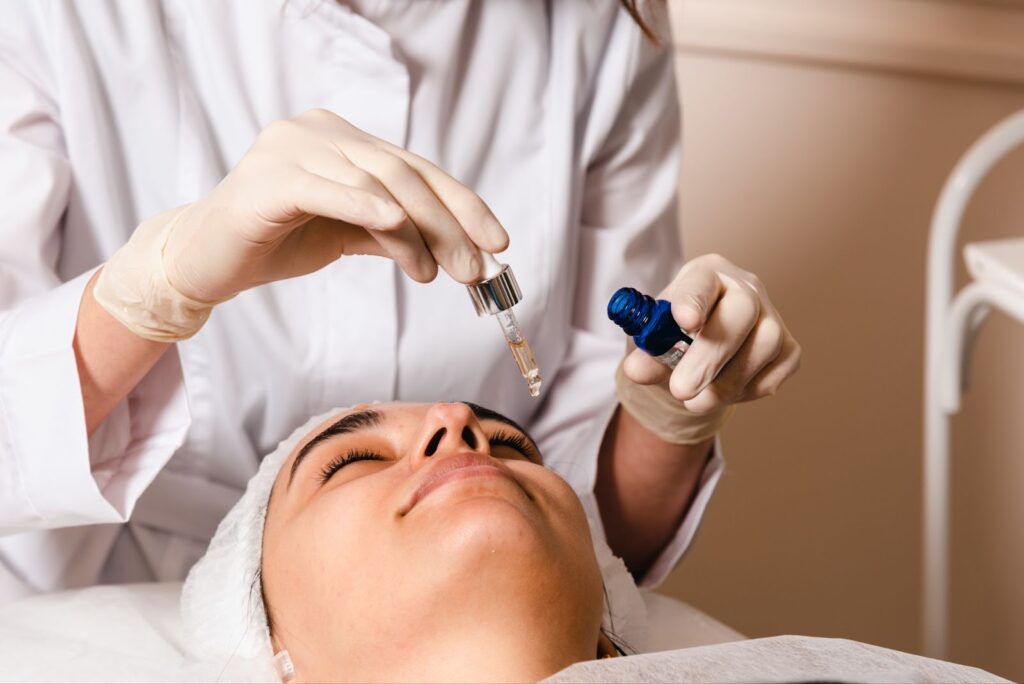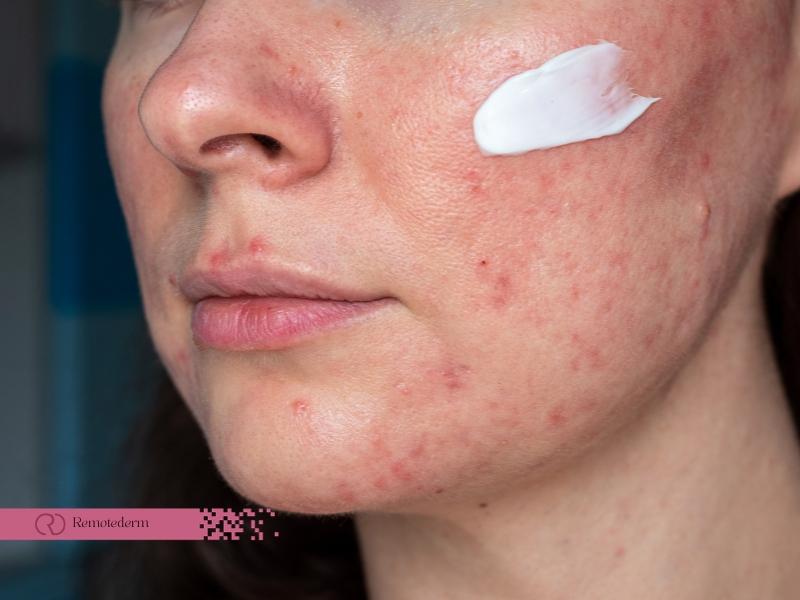Rosacea Skincare: What You Need to Know
Living with rosacea can feel like an ongoing battle with your skin. Whether it’s the sudden redness, the visibility of blood vessels, or the irritation that makes you self-conscious, it’s a challenge many face daily. But here’s the thing: Rosacea skincare doesn’t have to be a mystery, nor does it need to be an overwhelming journey. With the right knowledge, you can manage your rosacea and create a skincare routine that helps soothe and protect your skin. In this post, we’re diving deep into rosacea skincare, giving you practical advice, tips, and tricks for healthier, calmer skin.
Understanding Rosacea: More Than Just Redness
Before we jump into the skincare solutions, it’s essential to understand rosacea itself. This chronic skin condition primarily affects the face, causing persistent redness, visible blood vessels, and sometimes acne-like bumps. Rosacea isn’t caused by poor skincare habits or unclean skin, which can be a common misconception. It’s a medical condition that involves inflammation and irritation of the skin’s blood vessels. Stress, certain foods, extreme temperatures, and even skincare products can trigger flare-ups.
If you’re someone who has recently been diagnosed with rosacea or are just noticing the symptoms, your first question may be: How do I care for my skin to prevent flare-ups? Let’s explore the right ways to incorporate rosacea skincare into your routine.
Step 1: Choose the Right Cleanser
The foundation of any effective skincare routine starts with cleansing, but not all cleansers are created equal, especially when dealing with sensitive rosacea-prone skin. Harsh scrubs or products with strong fragrances can worsen inflammation and lead to irritation. Instead, opt for gentle, fragrance-free cleansers that are specifically formulated for sensitive skin.
A cream-based or hydrating gel cleanser is an excellent choice for rosacea skincare. These cleansers remove impurities without stripping the skin’s natural moisture, which is essential for maintaining the skin’s protective barrier.
If you’re unsure about how to start building a skincare routine, check out A Beginner’s Guide to Double Cleansing for insights on how to gently remove makeup and cleanse your skin effectively without irritating it.
Step 2: Use Products with Soothing Ingredients

After cleansing, it’s crucial to incorporate products that calm and soothe the skin. Rosacea can leave your skin feeling hot, tight, and often irritated. Look for skincare ingredients that are known for their calming properties, such as:
- Aloe Vera: A natural anti-inflammatory agent that can help cool and soothe the skin.
- Niacinamide: Known for reducing redness and improving skin texture.
- Green Tea Extract: Packed with antioxidants that can help calm inflammation.
- Centella Asiatica: Often used in Asian skincare for its healing and skin barrier-strengthening properties.
A serum with these ingredients can work wonders for rosacea-prone skin. Apply it after cleansing and before moisturizing to help calm inflammation and boost your skin’s natural defense.
Step 3: Moisturize Regularly
Moisturizing is a key step in rosacea skincare. When your skin is well-hydrated, it is less likely to flare up. Look for a fragrance-free, non-comedogenic moisturizer that provides deep hydration without clogging pores. The right moisturizer can help maintain your skin’s natural barrier, which is essential for preventing further irritation.
For those with more severe cases of rosacea, an occlusive moisturizer may be beneficial as it helps to lock in moisture and protect the skin from environmental stressors.
Step 4: Protect Your Skin with Sunscreen

If you have rosacea, sunscreen should be non-negotiable. Sun exposure is one of the most common triggers for rosacea flare-ups, so a broad-spectrum sunscreen with SPF 30 or higher is essential. Opt for mineral sunscreens with zinc oxide or titanium dioxide, which are generally better tolerated by sensitive skin.
Applying sunscreen every morning, even on cloudy days or indoors, can help prevent flare-ups and protect your skin from UV damage, which can worsen rosacea in the long term.
Step 5: Avoid Known Triggers
Managing rosacea skincare goes beyond using the right products—it’s about understanding your triggers and avoiding them whenever possible. Common triggers include:
- Hot drinks and spicy foods
- Stress and emotional triggers
- Extreme temperatures (too hot or too cold)
- Alcohol, especially red wine
- Skincare products with alcohol or harsh chemicals
Taking note of when your skin flares up and adjusting your lifestyle can be a game-changer. Incorporating stress-relief techniques like mindfulness or yoga can help you manage rosacea’s emotional triggers.
Step 6: Be Mindful of Makeup
Makeup can be a double-edged sword for rosacea-prone skin. While it can provide coverage and boost confidence, it can also exacerbate flare-ups if not chosen carefully. Look for makeup products that are formulated for sensitive or rosacea-prone skin. Mineral makeup is often a good choice because it’s lightweight, non-irritating, and often free from harsh chemicals.
When applying makeup, be gentle with your skin. Avoid heavy layering, and try to keep your routine minimal to allow your skin to breathe.
Step 7: Consider Professional Treatments

In addition to your at-home rosacea skincare routine, some professional treatments can help manage flare-ups. Consult with a dermatologist about options such as:
- Laser treatments: These can target visible blood vessels and reduce redness.
- Topical medications: Such as metronidazole or azelaic acid, which can help control symptoms.
- Oral medications: In more severe cases, antibiotics like tetracycline may be prescribed to reduce inflammation.
It’s essential to speak with your dermatologist to create a personalized treatment plan that works for your skin.
Step 8: Consistency Is Key
Rosacea skincare isn’t about finding a quick fix; it’s about consistency. Stick to your routine and give your skin time to adjust to new products. Results may not be immediate, but with patience, you can manage flare-ups and maintain calm, healthy skin.
Beyond Skincare: Lifestyle Tips for Managing Rosacea
While skincare plays a significant role in managing rosacea, your lifestyle habits can make a big difference too. Eating a balanced diet, staying hydrated, and avoiding excessive heat or stress can all contribute to a reduction in flare-ups.
Additionally, getting enough sleep is vital for skin repair and stress management. For more tips on nourishing your skin at night, check out Nighttime Skincare to optimize your beauty sleep.
Conclusion: Embrace Your Skin’s Needs
Rosacea skincare is all about understanding your skin’s unique needs and being consistent with your approach. While rosacea can be challenging, with the right products, professional advice, and lifestyle adjustments, you can reduce flare-ups and keep your skin looking its best. Remember to avoid known triggers, use soothing products, and protect your skin from the sun.
Take your time, trust the process, and most importantly, be kind to your skin. You’ve got this!










Leave a Reply